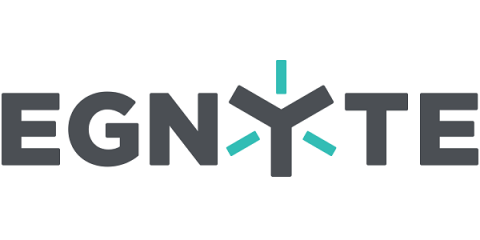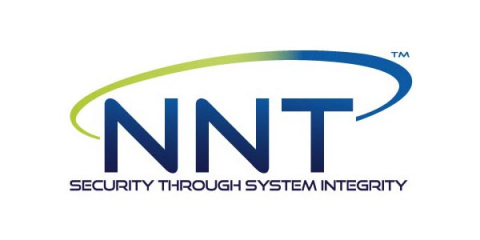Announcing: Egnyte for Gmail Integration
If Gmail is your preferred email platform, we’ve got some exciting news for you. A few months ago, we quietly released the first part of our integration with Gmail. The integration enables users to save email attachments to Egnyte without leaving their inbox. It offers a simple way to keep attachments organized, accessible and easy to share with colleagues.






